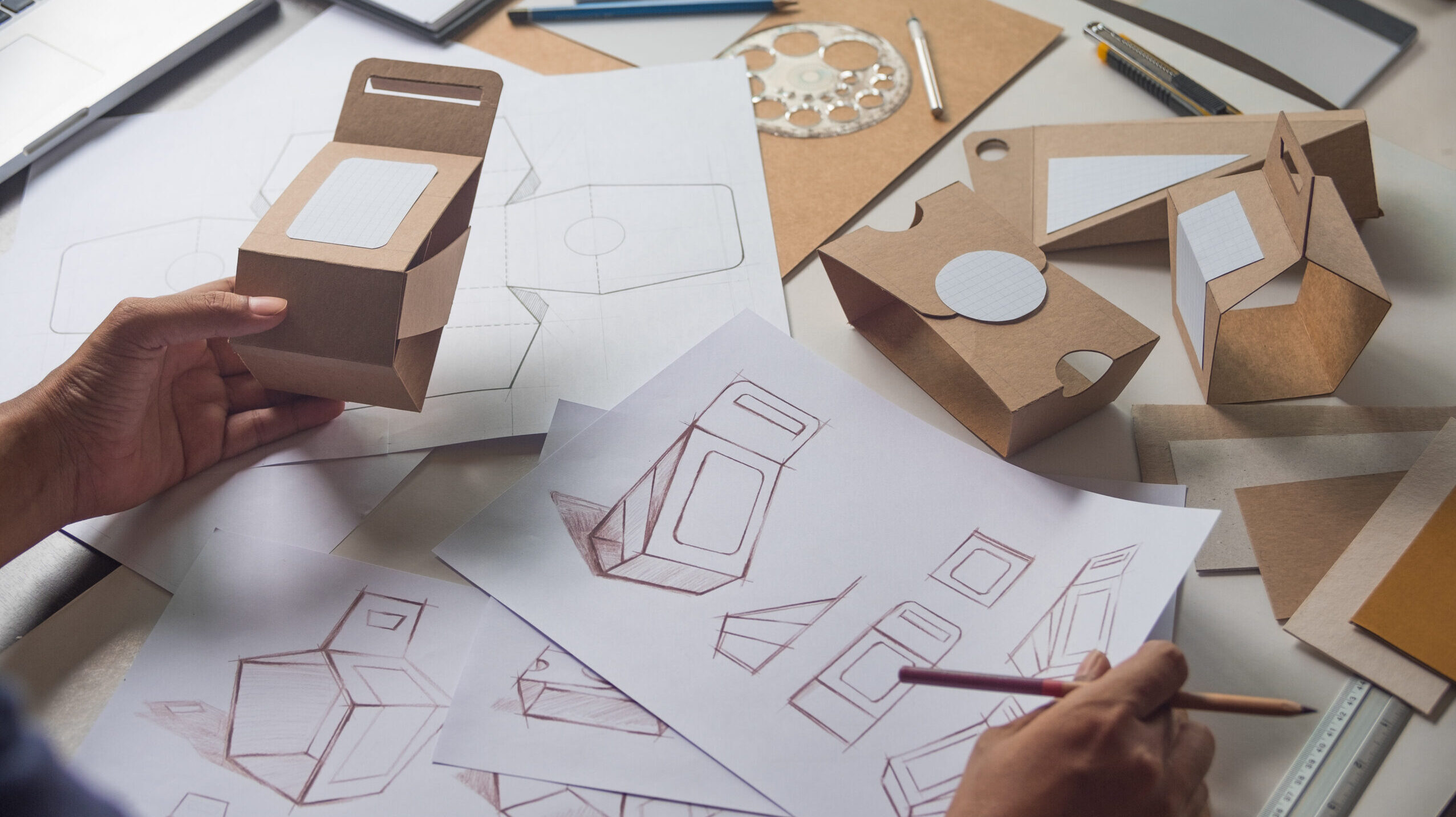Packaging companies find success by paying heed to business and consumer trends and food packaging is no exception. Ideally, food packaging is a mix of function and fashion, appealing to eyes and minds while transporting food in a sustainable, practical manner. Whether we’re talking about grocery store goods or restaurant take out, broader societal trends are at play to shape packaging trends.
Sustainability in Food Packaging
Sustainability is front and centre in the minds of consumers, driving the conversation around food packaging. The market demands packaging that is recyclable or biodegradable which is, in aggregate, a positive for paper and cardboard and a negative for plastics.
While this may not be breaking news, the uptake is in high gear, with food production companies and restaurants making the sustainability of their packaging a key part of their branding.
Innovations abound and, although they may not all be scalable at present, they make for interesting discussion.
Packaging company Verterra has introduced carry out containers made from balsa found in tree stumps, while Apeel Sciences has created an edible coating for produce.1
San Francisco based Dispatch Goods provides area restaurants with reusable stainless steel containers for their delivery fare.2 A premium is attached and the logistics of the container return remains a work in progress, but it does appear to be a glimpse into the future.
The Role of Packaging in Food Branding
During the pandemic, takeout replaced dine-in for many consumers, increasing the demand for food packaging. With so many choosing to dine at home, restaurants were unable to use atmosphere or ‘experience’ as a brand differentiator. This only served to increase the importance of branding via food packaging.
Small batch packaging and digital printing allow restaurants greater flexibility in this regard, with seasonal variations or even hand written notes providing an opportunity for restaurants to distinguish themselves. The personalized approach to branding was perhaps best typified with Coca-Cola’s famous ‘Have a Coke with…’ labels.
Minimalism is a trend, as it is in other categories of packaged goods. Clean, clear logos are in keeping with current aesthetic sensibilities.3
With authenticity a priority, brands are doing away with fine print, and presenting ingredient lists front and centre, particularly when those lists are short and natural.
In grocery stores, simplistic, color-coded branding allows for quicker selection, appealing to those seeking to minimize their time in the grocery store. As a bonus, the more straightforward packaging stands out on social media, adding clarity to the all important product shot.
Smart Packaging
So-called smart packaging is another trend that weds practicality with branding pizazz. QR codes link the consumer to fun experience-enhancing games or to pertinent information on ingredients and food sourcing. Other products feature sensors on their labelling that, through color changes or other means, indicate that the food is fresh or at the proper temperature.
The Functionality of Takeout Packaging
As important as sustainability and branding are, it’s essential not to overlook the primary function of packaging, which is to serve as a container by which the food moves from point A to B. With takeout food flying around towns and cities via pickup or a host of food delivery platforms, producers are tasked with creating packaging that is easily handled, prevents leaks, maintains temperature, and prevents undue sogginess.
So which materials reign supreme? Each offers unique pros and cons.
Paper and cardboard are biodegradable, but not completely environmentally friendly. They’re cost effective and lend themselves to customized printing, but are susceptible to damage and are difficult to stack. Corrugated cardboard provides relatively strong heat insulation, but allows some escape of air, which prevents condensation and sogginess.4
Plastics provide strong protection and durability and are easy to stack. The environmental hazards of plastic make them undesirable to many and, while they hold moisture very well, this can be a double edged sword as dishes may become soggy.
Aluminum and foil packaging is durable, sealable, non absorbent, and holds heat well but is expensive, and non-microwaveable.
Styrofoam is a good insulator but also creates waste.
As highlighted in a recent post, the decline of graphic paper has made packaging an even more important part of the pulp and paper industry than it already was.5 Food packaging is a major component of this demand. Innovative packaging companies will use various materials and designs as they continue to respond to marketplace needs for sustainability, branding, and safe, practical transportation.




